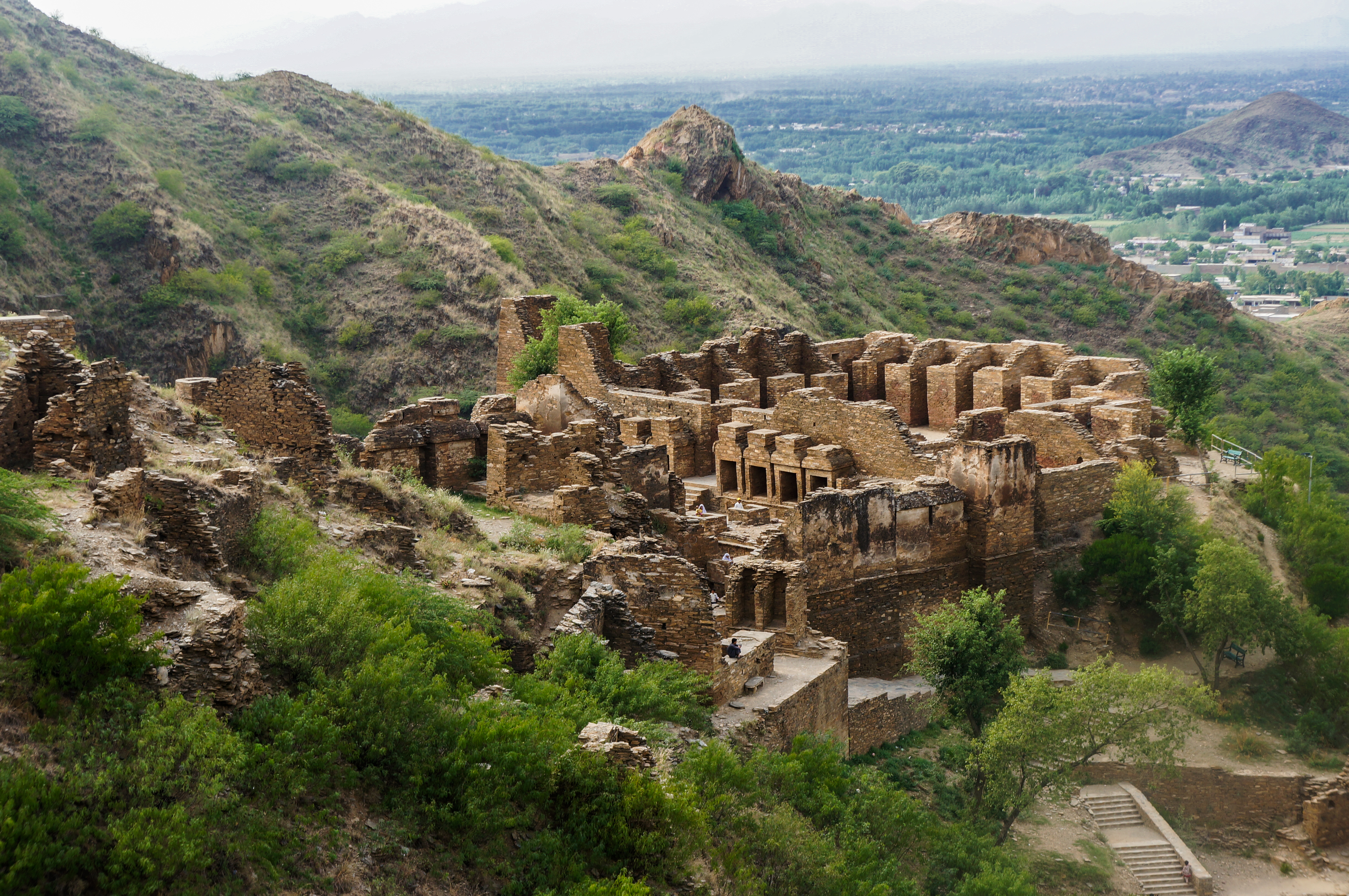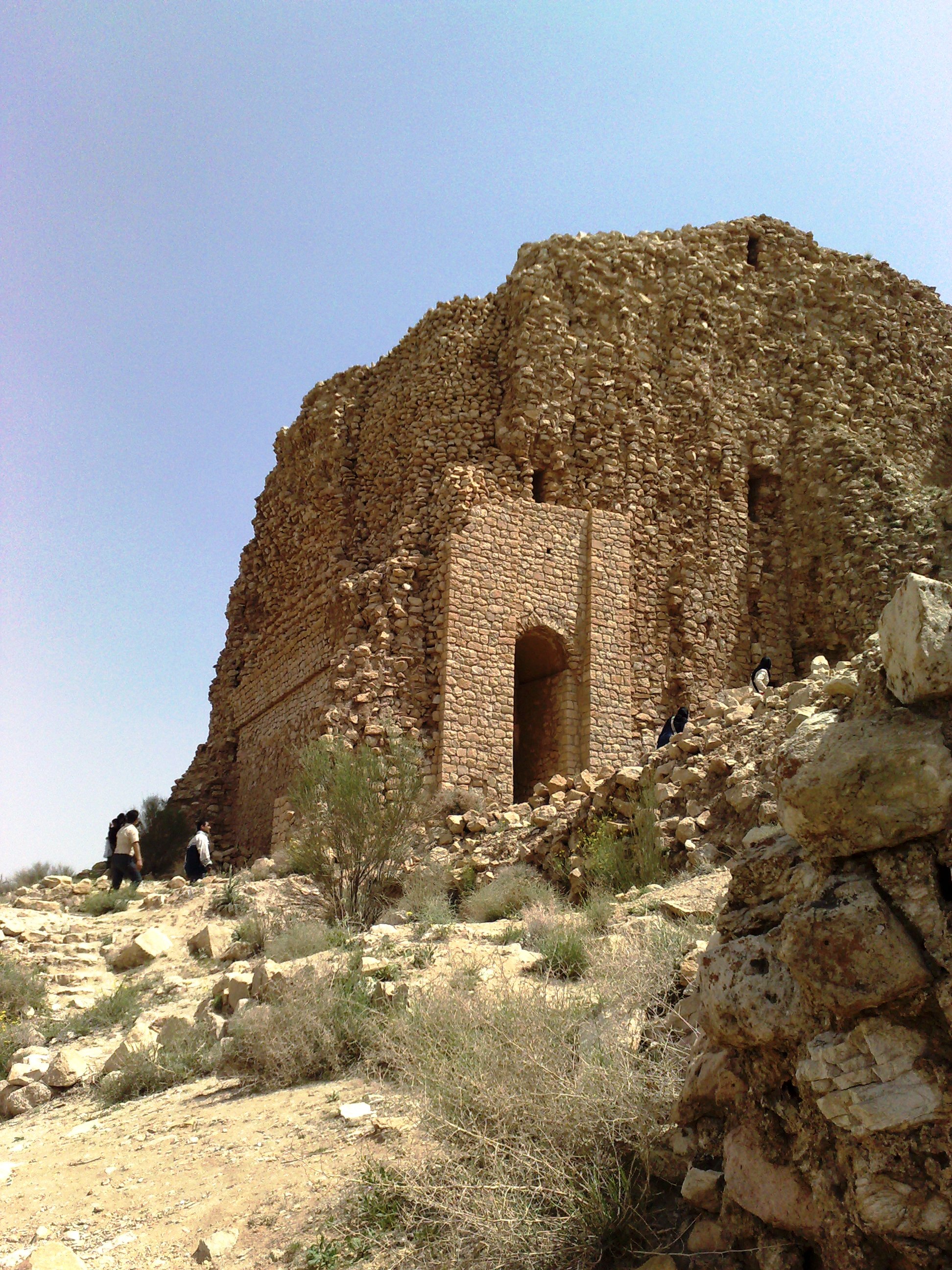|
Pahares I
Pahares I (160–230 CE) was an Indo-Parthian ruler of Turan. Pahares ruled the newly established Kingdom of Turan, following the partition of the remains of the Indo-Parthian kingdom into the realms of Sakastan and Turan. The kingdom of Turan covers the period from 160 to 230 CE. The kingdom of Sakastan was ruled by a second king with the name Sanabares (160-175 CE). Pahares succeeded the last of the major Indo-Parthian kings, Sanabares, in 160 CE. In his coinage, he wears a Parthian-style tiara, a close-fitting headress in the style introduced by Sanabares, and the reverse has a figure of Nike Nike often refers to: * Nike (mythology), a Greek goddess who personifies victory * Nike, Inc., a major American producer of athletic shoes, apparel, and sports equipment Nike may also refer to: People * Nike (name), a surname and feminine give ... walking. The Kingdoms of Turan and Sakastan ended when they submitted to the Sasanian ruler Ardeshir I circa 230 CE. These events were ... [...More Info...] [...Related Items...] OR: [Wikipedia] [Google] [Baidu] |
Indo-Parthian Kingdom
The Indo-Parthian Kingdom was a Parthian kingdom founded by Gondophares, and active from 19 CE to c. 226 CE. At their zenith, they ruled an area covering parts of eastern Iran, various parts of Afghanistan and the northwest regions of the Indian subcontinent (most of modern Pakistan and parts of northwestern India). The rulers may have been members of the House of Suren, and the kingdom has even been called the "Suren Kingdom" by some authors. The kingdom was founded in 19 when the governor of Drangiana (Sakastan) Gondophares declared independence from the Parthian Empire. He would later make expeditions to the east, conquering territory from the Indo-Scythians and Indo-Greeks, thus transforming his kingdom into an empire. The domains of the Indo-Parthians were greatly reduced following the invasions of the Kushans in the second half of the 1st. century. They managed to retain control of Sakastan, until its conquest by the Sasanian Empire in c. 224/5. In Baluchistan, the Parat ... [...More Info...] [...Related Items...] OR: [Wikipedia] [Google] [Baidu] |
Sanabares
Sanabares (Greek: ϹΑΝΑΒΑΡΟΥ ''Sanabarou''; 135-160 CE) was an Indo-Parthian king.Indo-Greek and Indo-Scythian Coinage - Michael Mitchiner - 1976, Volumes 7 à 9 - Pages 670, 717 and 770 He was the last Indo-Parthian king to rule in both Sakastan and south Arachosia, as the Kushans under Wima Kadphises made inroads into Indo-Parthian territory. From 160 CE, the remains of the Indo-Parthian kingdom were partitioned between Turan, under Pahares I, and Sakastan under Sanabares II. following the partition of the remains of the Indo-Parthian kingdom into the realms of and Turan. The kingdom of Turan covers the period from 160 to 230 CE. In his coinage, Sabares introduced a close-fitting Parthian-style tiara for his portraiture, a characteristic which was later continued by Pahares I. On the reverse has a figure of Nike Nike often refers to: * Nike (mythology), a Greek goddess who personifies victory * Nike, Inc., a major American producer of athletic shoes, apparel, an ... [...More Info...] [...Related Items...] OR: [Wikipedia] [Google] [Baidu] |
Ardashir I
Ardashir I (Middle Persian: 𐭠𐭥𐭲𐭧𐭱𐭲𐭥, Modern Persian: , '), also known as Ardashir the Unifier (180–242 AD), was the founder of the Sasanian Empire. He was also Ardashir V of the Kings of Persis, until he founded the new empire. After defeating the last Parthian shahanshah Artabanus IV on the Hormozdgan plain in 224, he overthrew the Parthian dynasty and established the Sasanian dynasty. Afterwards, Ardashir called himself "shahanshah" and began conquering the land that he called Iran. There are various historical reports about Ardashir's lineage and ancestry. According to Al-Tabari's History of the Prophets and Kings, Ardashir was son of Papak, son of Sasan. Another narrative that exists in Kar-Namag i Ardashir i Pabagan and Ferdowsi's ''Shahnameh'' also states it says that Ardashir was born from the marriage of Sasan, a descendant of Darius III, with the daughter of Papak, a local governor in Pars. According to Al-Tabari's report, Ardashir was bo ... [...More Info...] [...Related Items...] OR: [Wikipedia] [Google] [Baidu] |
Sasanian Empire
The Sasanian () or Sassanid Empire, officially known as the Empire of Iranians (, ) and also referred to by historians as the Neo-Persian Empire, was the last Iranian empire before the early Muslim conquests of the 7th-8th centuries AD. Named after the House of Sasan, it endured for over four centuries, from 224 to 651 AD, making it the longest-lived Persian imperial dynasty. The Sasanian Empire succeeded the Parthian Empire, and re-established the Persians as a major power in late antiquity alongside its neighbouring arch-rival, the Roman Empire (after 395 the Byzantine Empire).Norman A. Stillman ''The Jews of Arab Lands'' pp 22 Jewish Publication Society, 1979 International Congress of Byzantine Studies ''Proceedings of the 21st International Congress of Byzantine Studies, London, 21–26 August 2006, Volumes 1–3'' pp 29. Ashgate Pub Co, 2006 The empire was founded by Ardashir I, an Iranian ruler who rose to power as Parthia weakened from internal strife and wars with t ... [...More Info...] [...Related Items...] OR: [Wikipedia] [Google] [Baidu] |
Indo-Parthian Kingdom
The Indo-Parthian Kingdom was a Parthian kingdom founded by Gondophares, and active from 19 CE to c. 226 CE. At their zenith, they ruled an area covering parts of eastern Iran, various parts of Afghanistan and the northwest regions of the Indian subcontinent (most of modern Pakistan and parts of northwestern India). The rulers may have been members of the House of Suren, and the kingdom has even been called the "Suren Kingdom" by some authors. The kingdom was founded in 19 when the governor of Drangiana (Sakastan) Gondophares declared independence from the Parthian Empire. He would later make expeditions to the east, conquering territory from the Indo-Scythians and Indo-Greeks, thus transforming his kingdom into an empire. The domains of the Indo-Parthians were greatly reduced following the invasions of the Kushans in the second half of the 1st. century. They managed to retain control of Sakastan, until its conquest by the Sasanian Empire in c. 224/5. In Baluchistan, the Parat ... [...More Info...] [...Related Items...] OR: [Wikipedia] [Google] [Baidu] |
Turan (Sasanian Province)
Turan (also spelled Turgistan and Turestan) was a province of the Sasanian Empire located in present-day Pakistan. The province was mainly populated by Indians, and bordered Paradan in the west, Hind in the east, Sakastan in the north, and Makuran in the south. The main city and bastion of the province was Bauterna ( Khuzdar/Quzdar). The province had been a kingdom under the Indo-Parthian king Pahares I, before submitting to the first Sasanian monarch Ardashir I () in 230 AD. These events were recorded by Al-Tabari, describing the arrival of envoys from Makran and Turan to Ardeshir at Gor: Turan was then governed by the Sakanshah, the first notable one being Ardashir I's grandson, Narseh. The province is mentioned in Shapur I's inscription at the Ka'ba-ye Zartosht of 262 CE, among the many provinces of the Sasanian Empire: The 19th-century historian Wilhelm Tomaschek suggested that the name of Turan possibly derived from the Iranian word ''tura(n)'', meaning "hostile, ... [...More Info...] [...Related Items...] OR: [Wikipedia] [Google] [Baidu] |
Tiara
A tiara (from la, tiara, from grc, τιάρα) is a jeweled head ornament. Its origins date back to ancient Greece and Rome. In the late 18th century, the tiara came into fashion in Europe as a prestigious piece of jewelry to be worn by women at formal occasions. The basic shape of the modern tiara is a (semi-)circle, usually made of silver, gold or platinum, and richly decorated with precious stones, pearls or cameos. Tiaras were extremely popular during the late 19th century and were worn at events where the dress code was white tie. After World War I, wearing a tiara gradually fell out of fashion, except for official occasions at a royal court. Interest in tiaras has increased again since the beginning of the 21st century. The word "tiara" is often used interchangeably with the word " diadem". Description The basic shape of the modern tiara is a (semi-)circle, usually made of silver, gold or platinum. Tiaras have also been made from tortoiseshell, coral and quartz, and ... [...More Info...] [...Related Items...] OR: [Wikipedia] [Google] [Baidu] |
Nike (mythology)
In Greek mythology, Nike (; grc, Νίκη, lit=victory, ancient: , modern: ) was a goddess who personified victory in any field including art, music, war, and athletics. She is often portrayed in Greek art as Winged Victory in the motion of flight; however, she can also appear without wings as "Wingless Victory" when she is being portrayed as an attribute of another deity such as Athena.Suidas. ''The Suda on Line: Byzantine Lexicography''. Translated by Whitehead, David, et al. (2014). Accessed 9 December 2022. https://www.cs.uky.edu/~raphael/sol/sol-html/ In Greek literature Nike is described as both an attribute and attendant to the gods Zeus and Athena. Nike gained this honored role beside Zeus during the Titanomachy where she was one of the first gods to offer her allegiance to Zeus. At Athens, Nike became a servant to Athena as well as an attribute of her due to the prominent status Athena held in her patron city. The fusion of the two goddesses at Athens has contributed to ... [...More Info...] [...Related Items...] OR: [Wikipedia] [Google] [Baidu] |
Ardeshir I
Ardashir I (Middle Persian: 𐭠𐭥𐭲𐭧𐭱𐭲𐭥, Modern Persian: , '), also known as Ardashir the Unifier (180–242 AD), was the founder of the Sasanian Empire. He was also Ardashir V of the Kings of Persis, until he founded the new empire. After defeating the last Parthian shahanshah Artabanus IV on the Hormozdgan plain in 224, he overthrew the Parthian dynasty and established the Sasanian dynasty. Afterwards, Ardashir called himself "shahanshah" and began conquering the land that he called Iran. There are various historical reports about Ardashir's lineage and ancestry. According to Al-Tabari's History of the Prophets and Kings, Ardashir was son of Papak, son of Sasan. Another narrative that exists in Kar-Namag i Ardashir i Pabagan and Ferdowsi's ''Shahnameh'' also states it says that Ardashir was born from the marriage of Sasan, a descendant of Darius III, with the daughter of Papak, a local governor in Pars. According to Al-Tabari's report, Ardashir was ... [...More Info...] [...Related Items...] OR: [Wikipedia] [Google] [Baidu] |
Al-Tabari
( ar, أبو جعفر محمد بن جرير بن يزيد الطبري), more commonly known as al-Ṭabarī (), was a Muslim historian and scholar from Amol, Tabaristan. Among the most prominent figures of the Islamic Golden Age, al-Tabari is known for his historical works and his expertise in Qur'anic exegesis (), but he has also been described as "an impressively prolific polymath".Lindsay Jones (ed.), ''Encyclopedia of religion'', volume 13, Macmillan Reference USA, 2005, p. 8943 He wrote works on a diverse range of subjects, including world history, poetry, lexicography, grammar, ethics, mathematics, and medicine. His most influential and best known works are his Quranic commentary, known in Arabic as , and his historical chronicle called ''History of the Prophets and Kings'' (), often referred to as ("al-Tabari's History"). Al-Tabari followed the Shafi'i madhhab for nearly a decade before he developed his own interpretation of Islamic jurisprudence. His understandi ... [...More Info...] [...Related Items...] OR: [Wikipedia] [Google] [Baidu] |
Firuzabad, Fars
Firuzabad ( fa, فيروزآباد or Piruzabad, also Romanized as Fīrūzābād; Middle Persian: Gōr or Ardashir-Khwarrah, literally "The Glory of Ardashir"; also Shahr-e Gūr ) is a city and capital of Firuzabad County, Fars Province, Iran. At the 2006 census, its population was 58,210, in 12,888 families. Firuzabad is located south of Shiraz. The city is surrounded by a mud wall and ditch. The original ancient city of Gor, dating back to the Achaemenid period, was destroyed by Alexander the Great. Centuries later, Ardashir I, the founder of the Sassanid Empire, revived the city before it was ransacked during the Arab Muslim invasion of the seventh century. It was again revived by the Buyids under Fanna Khusraw, but was eventually abandoned in the Qajar period and was replaced by a nearby town, which is now Firuzabad. Climate Firuzabad has a hot semi-arid climate (Köppen climate classification: ''BSh''). History Gor dates back to the Achaemenid era. It was situated in ... [...More Info...] [...Related Items...] OR: [Wikipedia] [Google] [Baidu] |





%2C_Hamadan_mint.jpg)

